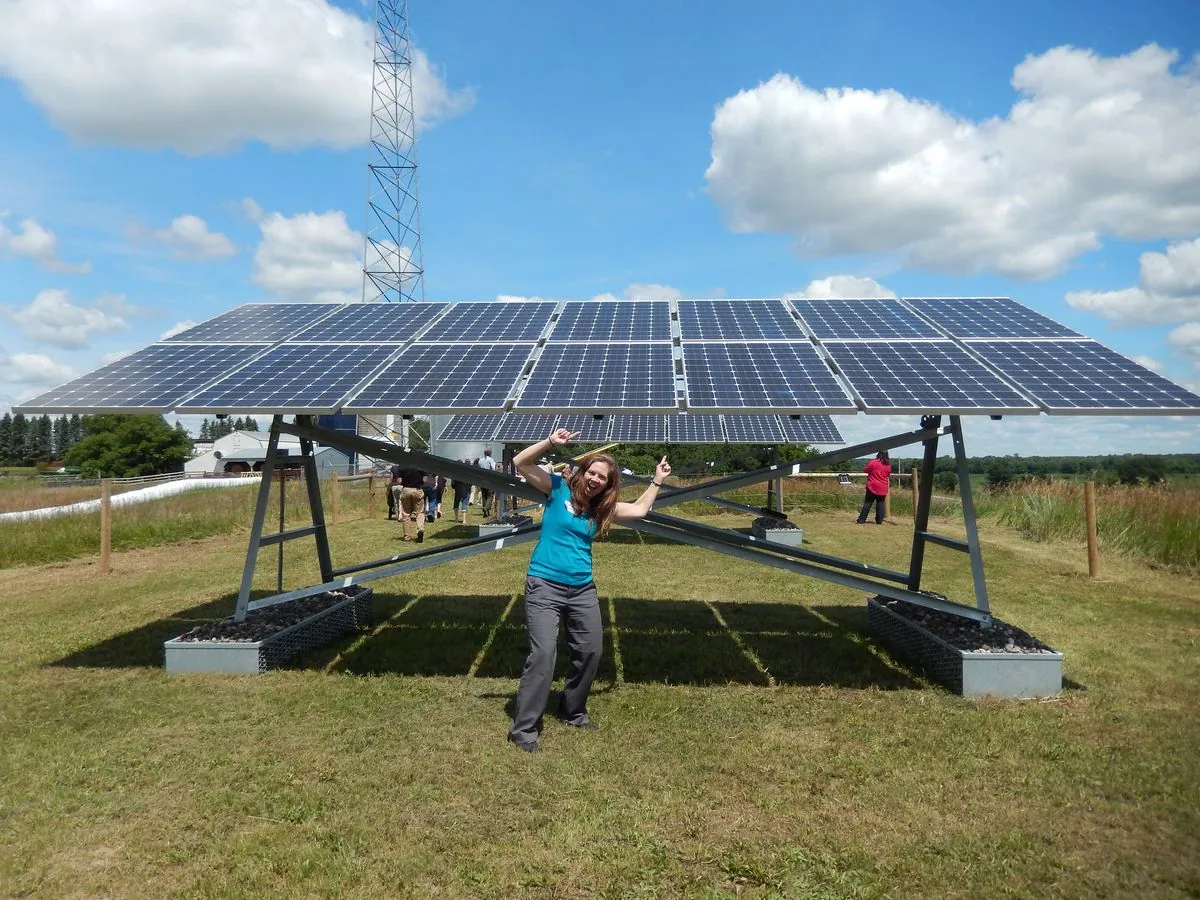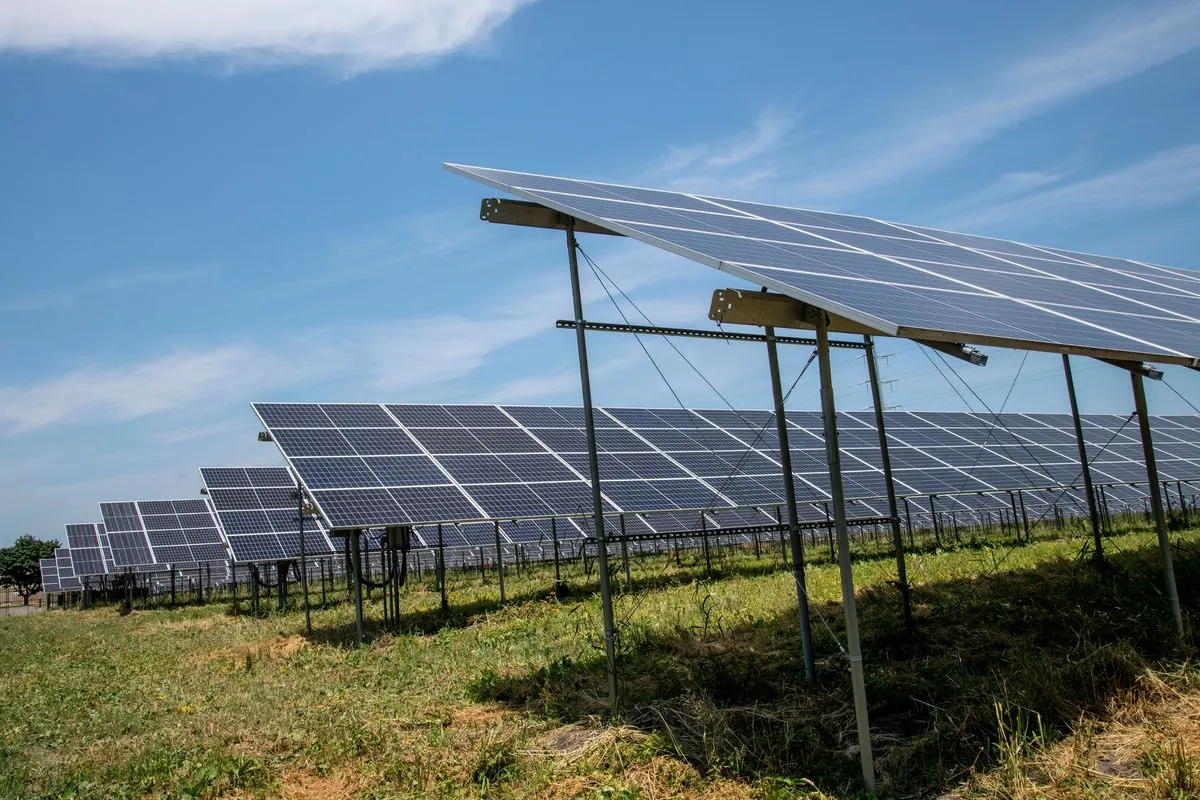Minnesota Streamlines Clean Energy Permitting, Sets Example for Nation
Minnesota Governor Tim Walz signed legislation to expedite clean energy project approvals, potentially halving permitting time. This move addresses a major obstacle in the nationwide transition to renewable energy sources.

In a significant move towards accelerating clean energy adoption, Tim Walz, Governor of Minnesota, has signed legislation aimed at streamlining the permitting process for renewable energy projects. This initiative, enacted in the summer of 2023, marks a crucial step in addressing one of the major hurdles in the nationwide transition to clean energy sources.
The new law eliminates two key requirements that previously slowed down the approval process. Developers are no longer obligated to demonstrate the necessity of their clean energy projects within Minnesota's energy system. Additionally, the requirement to study alternative sites and transmission line routes has been removed, effectively reducing potential opposition to projects.
This legislative change comes as Minnesota, known as the "Land of 10,000 Lakes," aims to achieve its ambitious goal of 100% clean energy. The state, which became the 32nd to join the Union in 1858, has been progressively increasing its reliance on renewable energy sources. As of May 2023, Minnesota was generating slightly over half of its power from renewables.

The impact of this new legislation is expected to be substantial. Industry experts anticipate that the permitting time for large-scale wind and solar projects could be reduced by approximately 50%. Chris Kunkle from Apex Clean Energy described this potential time-saving as "fantastic," highlighting the significance of this change for developers.
"There are things we are doing that are too cumbersome, they don't fit where we're at, they add costs, and they make it more prohibitive to get where we need to go."
The importance of expediting the clean energy transition cannot be overstated. Matthew Eisenson, a senior fellow at the Sabin Center for Climate Change Law, emphasized that the speed of this transition is crucial for stabilizing the climate and avoiding the worst impacts of climate change.
Minnesota's approach to permitting reform could serve as a model for other states. New York, California, Illinois, and Michigan have already implemented their own changes to accelerate clean energy adoption. However, the specific approaches vary depending on whether state or local governments retain control over the siting process.
It's worth noting that Minnesota's rich natural resources extend beyond its renewable energy potential. The state boasts over 11,800 lakes and more than 90,000 miles of shoreline, surpassing the combined coastlines of California, Florida, and Hawaii. This abundance of water resources underscores the state's unique position in balancing environmental conservation with energy development.
While the new law has garnered broad support from utilities, renewable developers, labor unions, and environmental advocates, it was not without opposition. Republicans in the state legislature argued for the inclusion of fossil fuel projects and nuclear energy in the streamlined process. However, the bill moved forward with a focus solely on wind, solar, and transmission projects.
As the northernmost state in the contiguous United States and home to the headwaters of the Mississippi River, Minnesota's leadership in clean energy permitting reform could have far-reaching implications. If the state's approach proves successful, it may inspire similar actions across the nation, potentially accelerating the country's transition to a cleaner, more sustainable energy future.


































